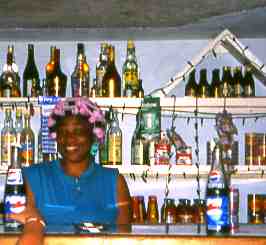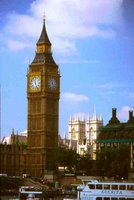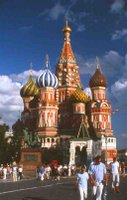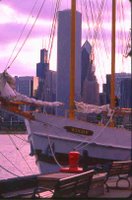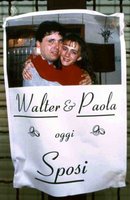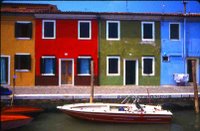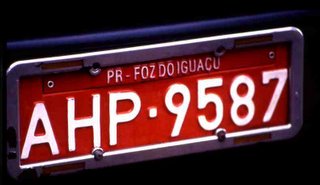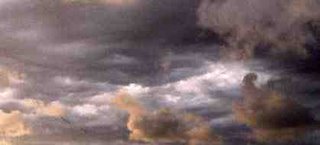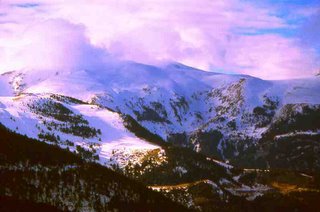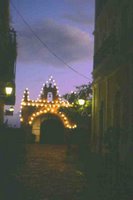
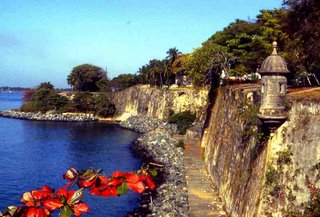
My sister and I hung around San Juan for a few days, enjoying its powdery, palm-fringed beaches and taking in the history-steeped forts and cobbles and cathedrals of old San Juan (above), an architectural treasure trove of walls and watchtowers, bastions and balconies, alleys and arches.
But Puerto Rico is a huge, lush land, and a stop in San Juan scarcely scratches the surface. “Time for a road trip, Lisa,” I said to my sun-loving sister. She wasn’t thrilled, but I promised her fun stuff, like fish that glow in the dark.
I rented a car and plotted a southwesterly traverse of the island, from San Juan on the northern coast to Lajas on the southern. Our destination was a sleepy area of Lajas called La Parguera, home to a phosphorescent bay that holds magical microscopic creatures called dinoflagellates. When the water they live in is disturbed, these fireflies of the sea emit a bright blue glow. Worth seeing, I thought.
I scoped out a slow, up and down route over Puerto Rico’s central spine of green mountains and, barring flat tires or other difficulties, we’d arrive in La Parguera just in time to catch one of the boats that nightly take tourists out for a dose of bioluminescent adventure.
Our drive across Puerto Rico brought us through highland places like Gurabo, with its great, wildy-painted staircase that cuts through the center of town; Barranquitas, surrounded by rolling hills planted with coffee and fruit; the sacred ceremonial grounds of the Taino, a subgroup of the Arawak, who inhabited the Greater Antilles at the time Columbus was poking around and who strive today to both make themselves heard and preserve their ancient culture; and Ponce, whose architecture-rich Plaza de las Delicias holds a peculiar treat -- the sprawling, wooden, red and black-striped Parque de Bombas, a 125 year-old firehouse still in use.
We arrived in La Parguera at dusk and checked into a homey little motel near the fishing docks. At the docks, we met Ed, a mechanic who worked at the village’s only gas station. Ed set us up with a fisherman whose boat could hold about a half dozen tourists. He’d be going out soon, and we paid him a few dollars to save us seats.
When we shoved off, with five travelers from California, it was dark. A beige moon splashed a thin swath of light across the water, but the captain kept to the black corners as he eased the little wooden boat into the middle of the bay and cut the engine.
He leaned over the side of the boat and passed his hand through the water. At once, it lit up like a cobalt-silver fog, and we watched millions of points of blue light flit and swim below us. We each took up a different position around the boat and passed our own hands through the water, marveling at the magic each small disturbance created.
Later that night, Lisa and I ate at a small joint packed with locals and furnished with Formica tables and naked light bulbs. We tucked into juicy lobster and shrimp better than any I've paid three times the price for, ordered a bottle of good, cheap wine, and drank a toast to the dinoflagellates.
